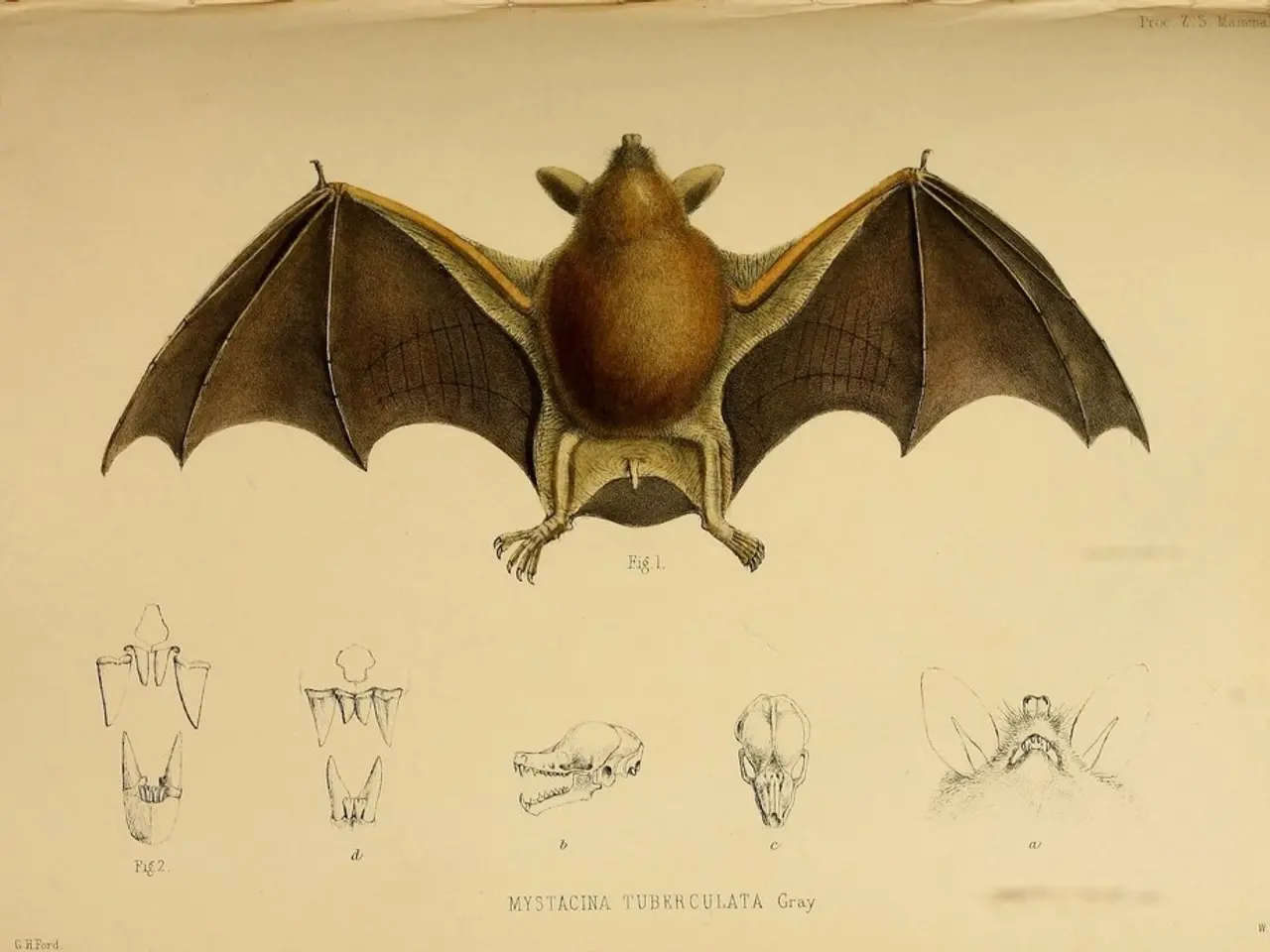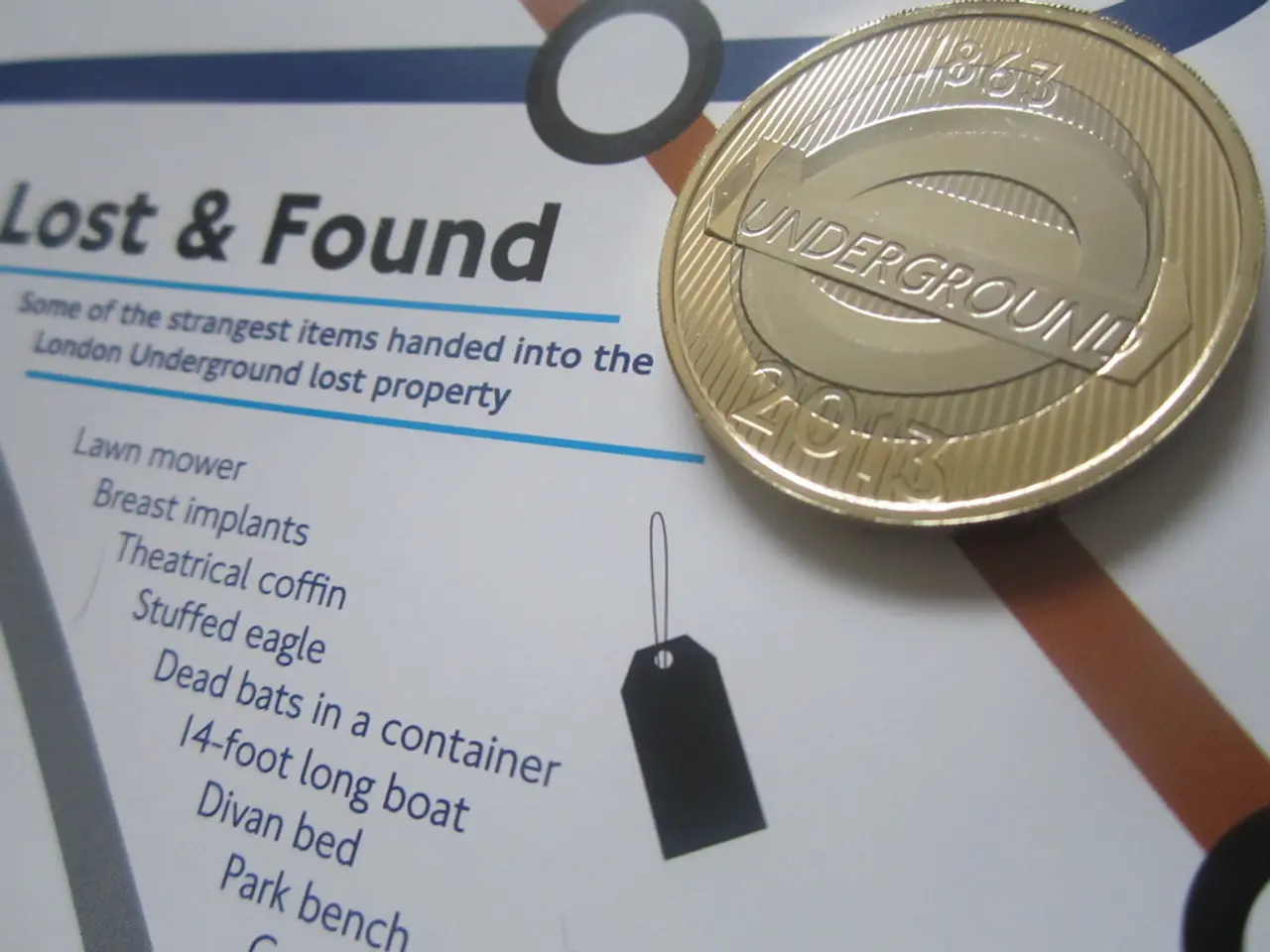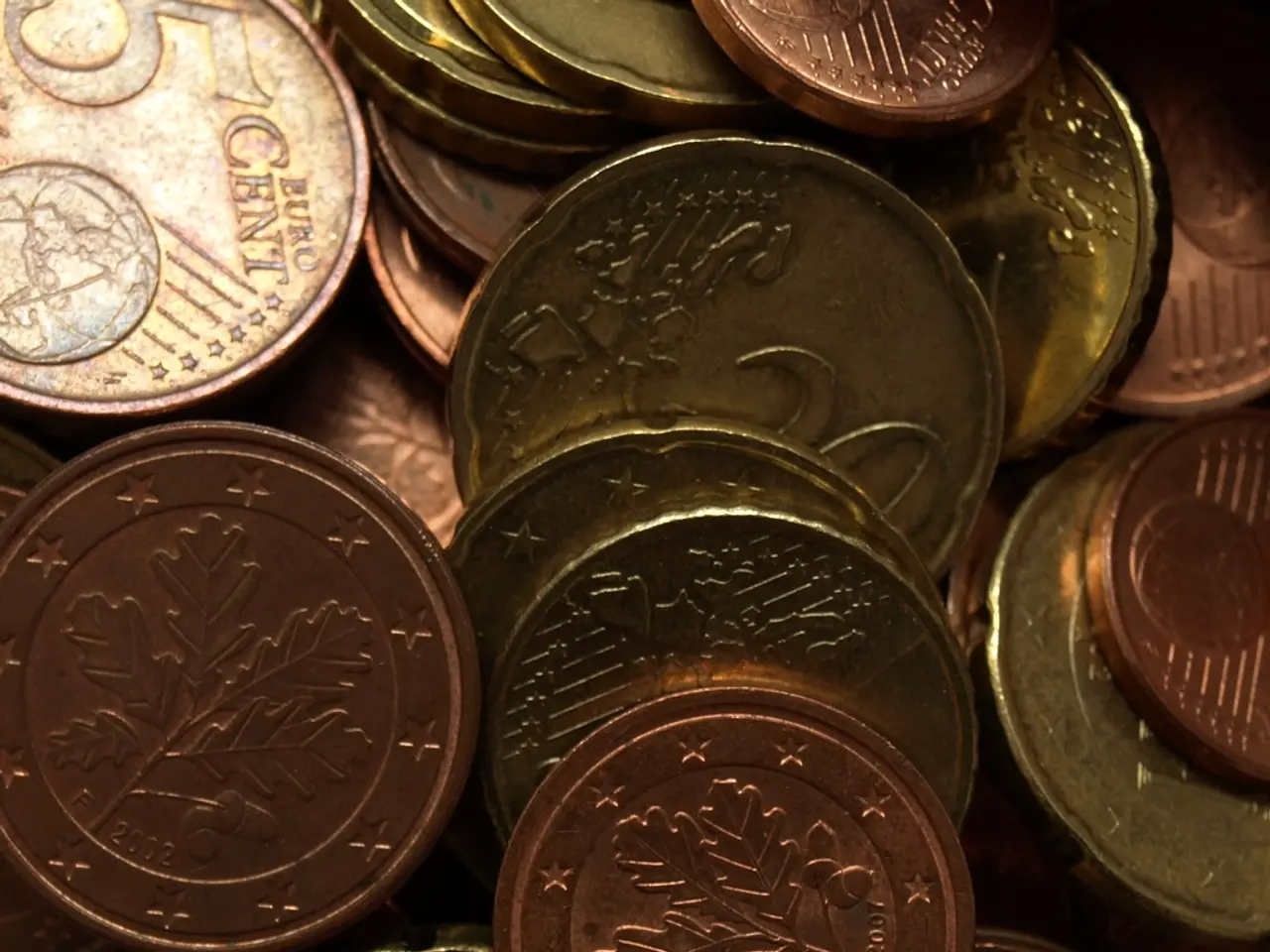Revised Export Control List in China Includes Battery Cathode Materials
In a move aimed at balancing technological development with national security concerns, China has revised its catalog of technologies subject to export controls. The update, which was published in 2023, marks the fourth revision of the catalog since its inception in 2001.
One of the significant changes in the revised catalog is the addition of battery cathode material preparation technology, specifically for lithium iron phosphate (LFP), lithium manganese iron phosphate (LMFP), and related phosphate cathode raw materials. These technologies are essential for lithium-ion battery production used in electric vehicles and energy storage, sectors considered strategically sensitive.
The move aligns with China's broader strategy of safeguarding supply chains for critical materials and technology amid rising global competition and geopolitical concerns. The restrictions cover preparation methods of battery cathode materials and extend to some non-ferrous metal processing technologies related to lithium production. However, export is not fully banned but managed under license approvals, signaling a balance between protecting national interests and sustaining industrial cooperation.
The update also includes modifications to the existing restrictions on non-ferrous metallurgy technology, with adjustments made to the requirements for gallium metal extraction. On the other hand, certain technologies have been removed from the restricted list, such as building environment control technologies and traditional Chinese architectural techniques.
China remains committed to high-standard opening-up and improving its domestic business environment. The revision process involved seeking opinions from relevant government departments, industry associations, academic communities, and the general public. The government is also ready to deepen technological exchanges with all countries.
It is important to note that technologies listed as restricted in the catalog require export licenses, while those listed as prohibited cannot be exported at all. The update also includes control on techniques such as spodumene-based lithium carbonate production.
This revised catalog is a testament to China's ongoing efforts to manage its technology exports effectively while maintaining a balance between safeguarding national interests and fostering international cooperation. As the world continues to evolve, it is expected that China will continue to refine and adapt its export control policies to meet the challenges of the future.
[1] Ministry of Commerce, China (2023). Press Release: Revision of the Catalog of Technologies Subject to Export Controls. [2] Xinhua News Agency (2023). China Strengthens Control over Export of Critical Technologies. [3] South China Morning Post (2023). China Tightens Control over Export of Battery Material Technology. [4] Reuters (2023). China Adds Battery Material Technology to Restricted Export List.
- The revised catalog of technologies subject to export controls in China now includes the technology related to the preparation methods of battery cathode materials, which is significant for finance as it concerns the lithium-ion battery production used in electric vehicles and energy storage, sectors considered strategically sensitive.
- In line with China's broader strategy of safeguarding supply chains for critical materials and technology amid rising global competition and geopolitical concerns, some non-ferrous metal processing technologies related to lithium production, including finance aspects, are covered under the revised export controls.




